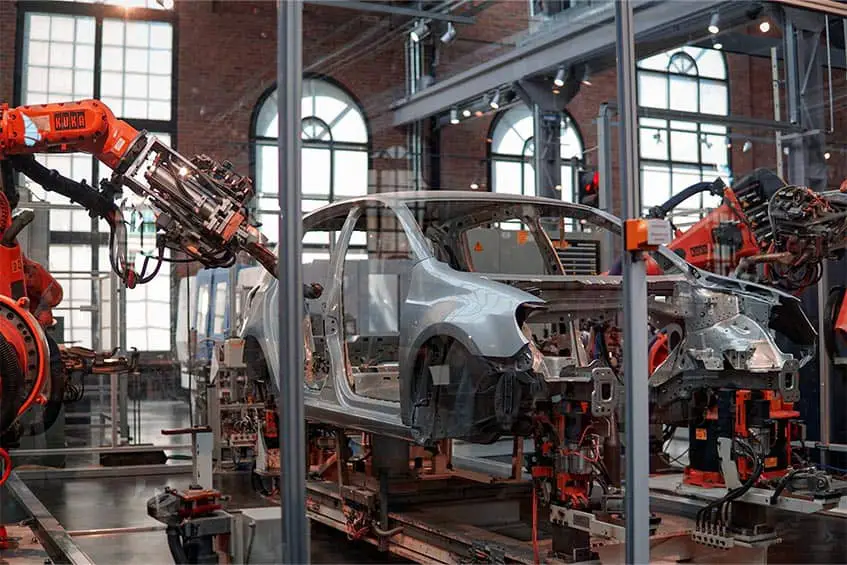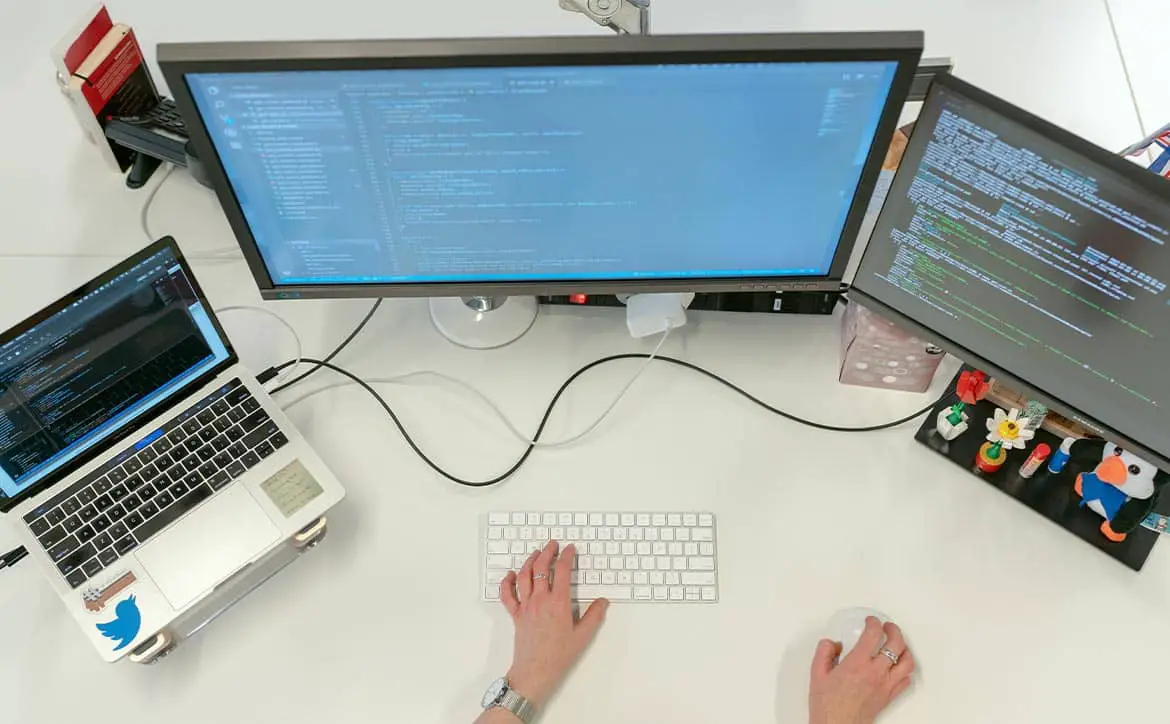Automation has been generating great change in industry for centuries. It is an essential aspect of progress whether you’re working in manufacturing or software development. Here are five ways automation paves the way for the future.
Estimated reading time: 4 minutes
1. Digitization of the workforce
Humans make errors. That’s simply part of human nature. While computers and robots are by no means immune to making errors, they tend to make far fewer errors than their human counterparts. This is where the digital workforce comes in. This term refers to programs and systems that are mainly meant to act in supervisory contexts where they focus on management and quality assurance. They’re meant to augment human work, rather than replace it. The employee still builds the product or writes the code, but the automated program reviews the work to ensure everything was built and is working correctly.
2. Transformations in the workplace
Not only can your workforce become more digitized, but your workplace can be transformed in any number of different ways. People can interact more easily and immediately from anywhere in the world via open source technology and collaboration tools. They can work while away from the office or while traveling through the use of mobile technology and the Internet of Things (IoT). Entire software workflows, such as the Kubernetes lifecycle, can be made more efficient and streamlined by automation, ensuring faster releases and allowing employees more time to work more creatively and profitably. Heavy industry has been made safer and less risky due to the use of robots on factory floors and manning assembly lines in place of human beings.
3. The increased pace of change
Automation and innovation are constantly using each other as jumping-off points, which can cause the pace of change to accelerate exponentially. In the twenty-first century, evolution and innovation are continuous, so people need to practice being fluid and capable of change. You need to be prepared to navigate a more transient job market and continuously improve and expand your skillset. As employees do so, they can then further increase the rate of change, innovation and evolution in technology. If someone becomes complacent, he or she runs the risk of being left behind by the rapid pace of change.
4. Innovation and facilitation
Automation is a result of innovation but it also drives innovation. Current automation programs tend to be rather simple, best suited for quality control and repetitive tasks such as data entry and taking part in assembly lines. However, these programs and robots are improving constantly and their developers are always seeking new ways to implement automation. The innovation afforded by automation also facilitates the betterment of employees. People can learn more about these technologies and how to interact with and use them to their benefit. Employees can improve and expand their skill sets without needing to worry about doing repetitive tasks.

5. Increased integration
Automation allows industries to further integrate themselves with each other and to do so much more seamlessly. Industries such as customer service and healthcare, which have traditionally eschewed automation in many respects, are increasingly able to take advantage of various types of automation, such as MDR ROI, to improve their services. Chatbots can help customers with simple, straightforward issues and direct them to representatives if their issues are more complex. Medical professionals can use automated programs to do research and check their patients’ medical histories.
Conclusion
Automation will not actually remove human employees from the equation. It simply assists those employees in improving their accuracy and efficiency. It also helps ensure people can put more effort toward more important work by allowing programs to take over repetitive tasks.
What do you think about automation and the future? Let us know on social media by using the buttons below.










